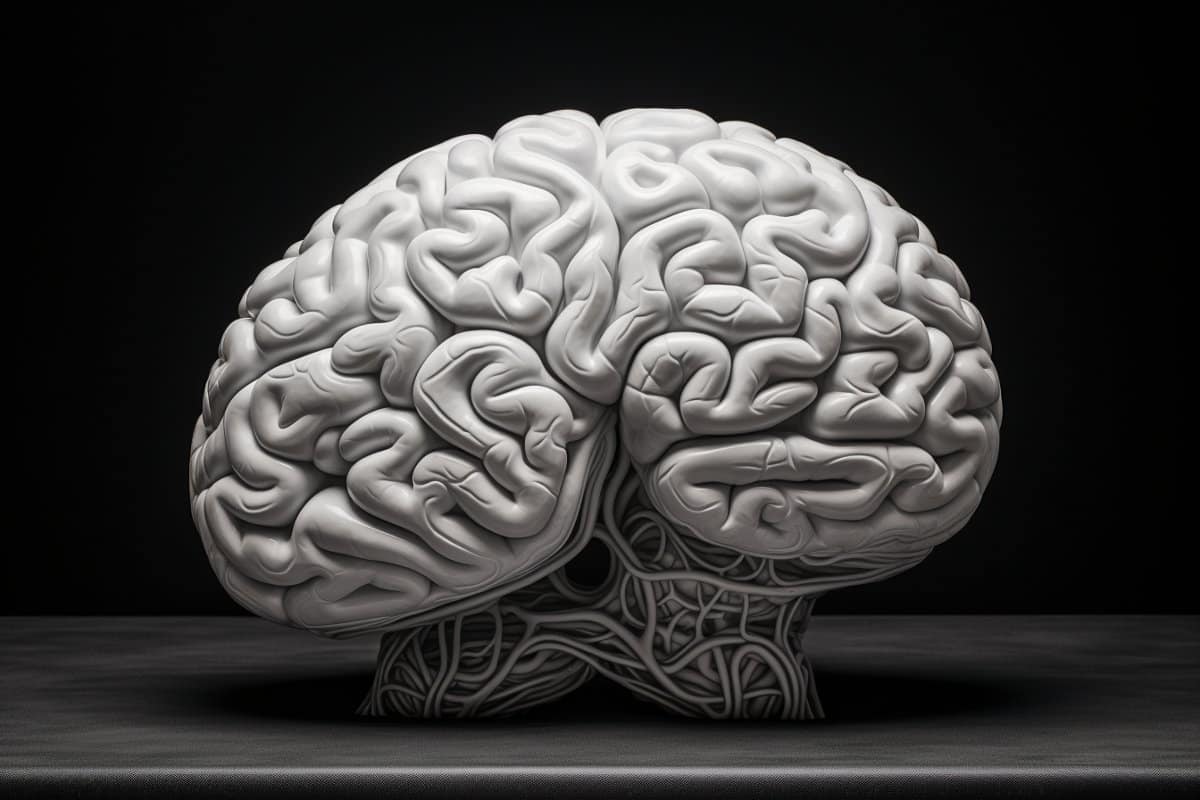Summary: Researchers achieved a groundbreaking feat by creating the first complete cell atlas of a mammalian brain, specifically a mouse. This comprehensive map details over 32 million cells, their types, locations, molecular information, and connectivity.
The atlas offers an in-depth look into the mouse brain, a crucial model in neuroscience, and lays the groundwork for advanced treatments for mental and neurological disorders. It encompasses structural, transcriptomic, and epigenetic data, providing a blueprint for brain circuit operations and functioning.
Key Facts:
- The cell atlas covers detailed information on over 32 million cells in the mouse brain, including their types, locations, and molecular profiles.
- The atlas is a product of the NIH BRAIN Initiative®, featuring in 10 papers published in Nature.
- This breakthrough provides a foundational map for understanding human brain functions and developing precision therapies for brain disorders.
Source: NIH
For the first time ever, an international team of researchers has created a complete cell atlas of a whole mammalian brain. This atlas serves as a map for the mouse brain, describing the type, location, and molecular information of more than 32 million cells and providing information on connectivity between these cells.
The mouse is the most commonly used vertebrate experimental model in neuroscience research, and this cellular map paves the way for a greater understanding of the human brain—arguably the most powerful computer in the world.
The cell atlas also lays the foundation for the development of a new generation of precision therapeutics for people with mental and neurological disorders of the brain.
The findings were funded by the National Institutes of Health’s Brain Research Through Advancing Innovative Neurotechnologies® Initiative, or The BRAIN Initiative®, and appear in a collection of 10 papers published in Nature.
“The mouse atlas has brought the intricate network of mammalian brain cells into unprecedented focus, giving researchers the details needed to understand human brain function and diseases,” said Joshua A. Gordon, M.D., Ph.D., Director of the National Institute of Mental Health, part of the National Institutes of Health.
The cell atlas describes the types of cells in each region of the mouse brain and their organization within those regions. In addition to this structural information, the cell atlas provides an incredibly detailed catalog of the cell’s transcriptome—the complete set of gene readouts in a cell, which contains instructions for making proteins and other cellular products.
The transcriptomic information included in the atlas is hierarchically organized, detailing cell classes, subclasses, and thousands of individual cell clusters within the brain.
The atlas also characterizes the cell epigenome—chemical modifications to a cell’s DNA and chromosomes that alter the way the cell’s genetic information is expressed—detailing thousands of epigenomic cell types and millions of candidate genetic regulation elements for different brain cell types.
Together, the structural, transcriptomic, and epigenetic information included in this atlas provide an unprecedented map of cellular organization and diversity across the mouse brain.
The atlas also provides an accounting of the neurotransmitters and neuropeptides used by different cells and the relationship among cell types within the brain. This information can be used as a detailed blueprint for how chemical signals are initiated and transmitted in different parts of the brain.
Those electrical signals are the basis for how brain circuits operate and how the brain functions overall.
“This product is a testament to the power of this unprecedented, cross-cutting collaboration and paves our path for more precision brain treatments,” said John Ngai, Ph.D., Director of the NIH BRAIN Initiative.”
Of the 10 studies included in this collection, seven are funded through the NIH BRAIN Initiative Cell Census Network (BICCN), and two are funded through the larger NIH BRAIN Initiative.
The core aim of the BICCN, a groundbreaking, cross-collaborative effort to understand the brain’s cellular makeup, is to develop a comprehensive inventory of the cells in the brain—where they are, how they develop, how they work together, and how they regulate their activity—to better understand how brain disorders develop, progress, and are best treated.
“By leveraging the unique nature of its multi-disciplinary and international collaboration, the BICCN was able to accomplish what no other team of scientists has been able to before,” said Dr. Ngai.
“Now we are ready to take the next big step—completing the cell maps of the human brain and the nonhuman primate brain.”
The BRAIN Initiative Cell Atlas Network (BICAN) is the next stage in the NIH BRAIN Initiative’s effort to understand the cell and cellular functions of the mammalian brain. BICAN is a transformative project that, together with two other large-scale projects—the BRAIN Initiative Connectivity Across Scales and the Armamentarium for Precision Brain Cell Access—aim to revolutionize neuroscience research by illuminating foundational principles governing the circuit basis of behavior and informing new approaches to treating human brain disorders.
About this brain mapping research news
Author: NIMH Press Office
Source: NIH
Contact: NIMH Press Office – NIH
Image: The image is credited to Neuroscience News
Original Research: Open access.
“A high-resolution transcriptomic and spatial atlas of cell types in the whole mouse brain” by Yao, Z et al. Nature
Abstract
A high-resolution transcriptomic and spatial atlas of cell types in the whole mouse brain
The mammalian brain consists of millions to billions of cells that are organized into many cell types with specific spatial distribution patterns and structural and functional properties.
Here we report a comprehensive and high-resolution transcriptomic and spatial cell-type atlas for the whole adult mouse brain.
The cell-type atlas was created by combining a single-cell RNA-sequencing (scRNA-seq) dataset of around 7 million cells profiled (approximately 4.0 million cells passing quality control), and a spatial transcriptomic dataset of approximately 4.3 million cells using multiplexed error-robust fluorescence in situ hybridization (MERFISH). The atlas is hierarchically organized into 4 nested levels of classification: 34 classes, 338 subclasses, 1,201 supertypes and 5,322 clusters.
We present an online platform, Allen Brain Cell Atlas, to visualize the mouse whole-brain cell-type atlas along with the single-cell RNA-sequencing and MERFISH datasets.
We systematically analysed the neuronal and non-neuronal cell types across the brain and identified a high degree of correspondence between transcriptomic identity and spatial specificity for each cell type.
The results reveal unique features of cell-type organization in different brain regions—in particular, a dichotomy between the dorsal and ventral parts of the brain. The dorsal part contains relatively fewer yet highly divergent neuronal types, whereas the ventral part contains more numerous neuronal types that are more closely related to each other.
Our study also uncovered extraordinary diversity and heterogeneity in neurotransmitter and neuropeptide expression and co-expression patterns in different cell types.
Finally, we found that transcription factors are major determinants of cell-type classification and identified a combinatorial transcription factor code that defines cell types across all parts of the brain.
The whole mouse brain transcriptomic and spatial cell-type atlas establishes a benchmark reference atlas and a foundational resource for integrative investigations of cellular and circuit function, development and evolution of the mammalian brain.

Dr. Thomas Hughes is a UK-based scientist and science communicator who makes complex topics accessible to readers. His articles explore breakthroughs in various scientific disciplines, from space exploration to cutting-edge research.








